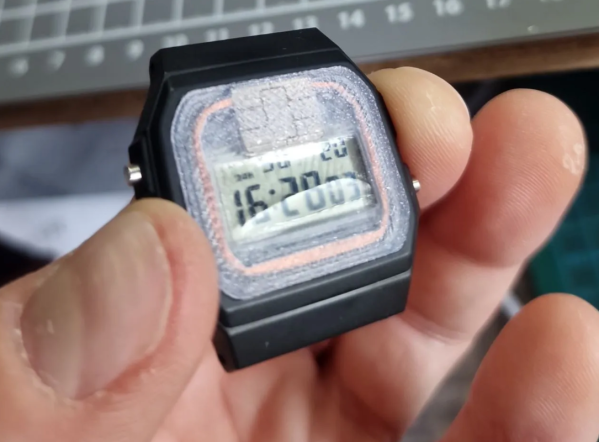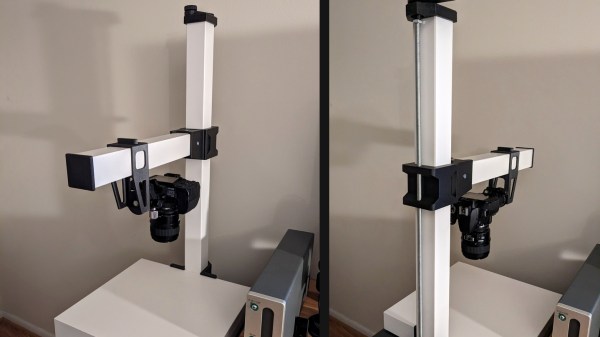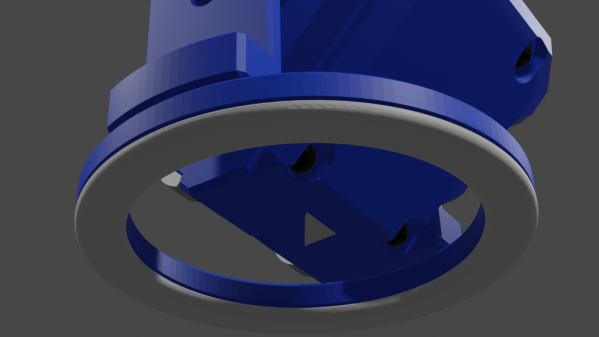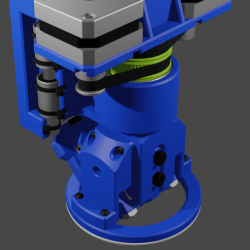[Matteo] has been a fan of the Casio F-91W wristwatch virtually since its release in 1989. And not without good reason, either. The watch boasts reliable timekeeping and extremely long battery life thanks to a modern quartz crystal and has just about every feature needed in a watch such as an alarm and a timer. And, since it’s been in use since the 80s, it’s also a device built to last. The only thing that’s really missing from it, at least as far as [Matteo] was concerned, was a contactless payment ability.
Contactless systems use near-field communication (NFC) to remotely power a small chip via a radio antenna when in close proximity. All that’s really required for a system like this is to figure out a way to get a chip and an antenna and to place them inside a new device. [Matteo] scavenges the chip from a payment card, but then builds a new antenna by hand in order to ensure that it fits into the smaller watch face. Using a NanoVNA as an antenna analyzer he is able to recreate the performance of the original antenna setup in the smaller form factor and verify everything works before sealing it all up in a 3D-printed enclosure that sandwiches the watch.
There are a few reasons why using a contactless payment system with a watch like this, instead of relying on a smartwatch, might be preferential. For one, [Matteo] hopes to explore the idea that one of the physical buttons on the watch could be used to physically disable the device to reduce pickpocketing risk if needed. It’s also good to not have to buy the latest high-dollar tech gadget just for conveniences like this too, but we’ve seen in the past that it’s not too hard just to get these systems out of their cards in the first place.






















